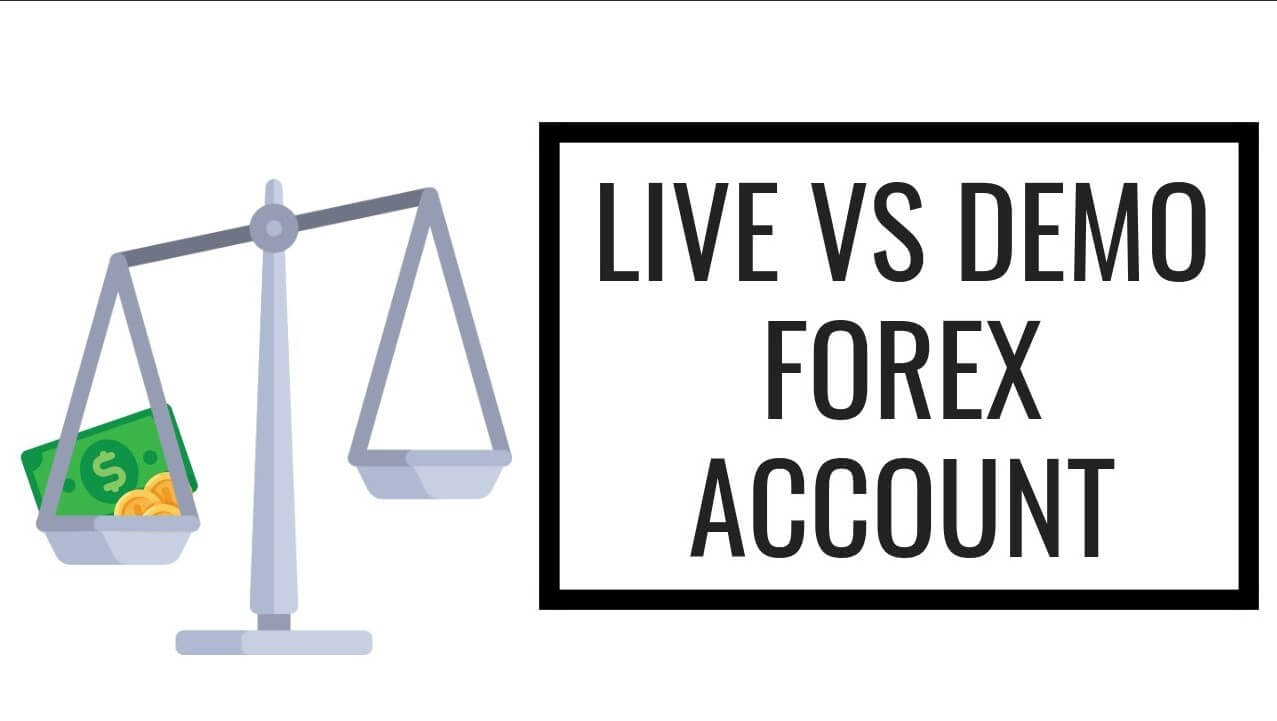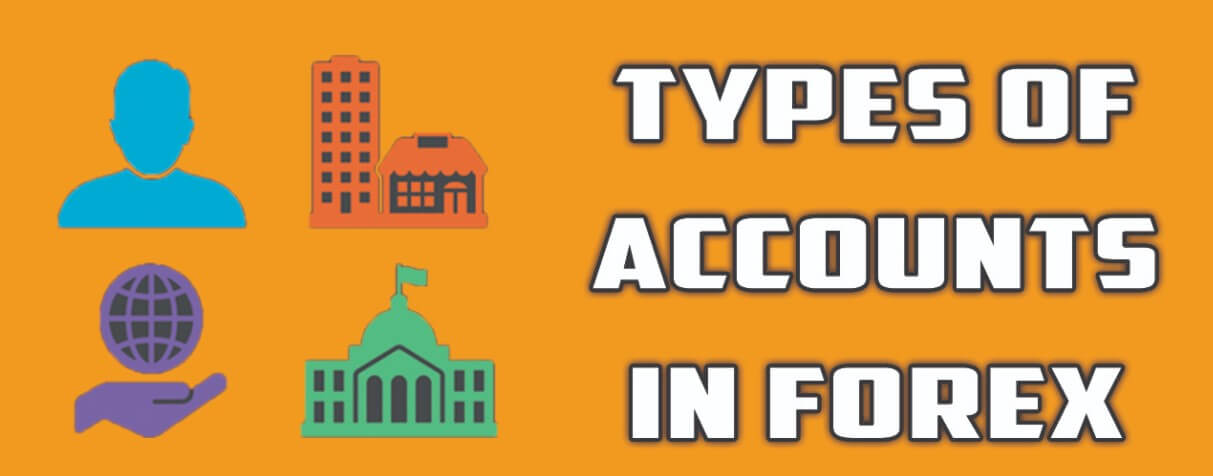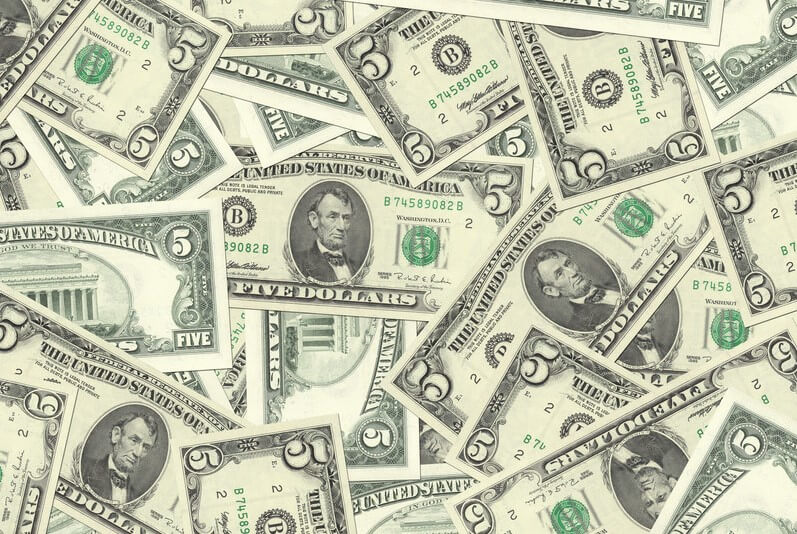Forex brokers usually offer two main types of trading accounts: demo and live accounts. Although the accounts are very similar in some respects, there are also a few key differences that traders need to recognize. We will start by outlining what qualifies an account as being live or a demo.
- A live account is a real trading account that one opens through a broker. You invest real money into this account. A broker might offer several different types of live accounts, which include but are not limited to Micro, Cent, Standard, Classic, Premium, VIP, etc. Traders then trade in a real environment and either profit with the option to withdraw their funds, or they lose their investment.
- A demo account can also be opened through a broker and it allows one to trade with fake, virtual currency in a live simulation environment. These accounts are used for practice and one does not invest any real money or make a real profit from them.
If you’ve never opened a real account before, starting with a demo account can help provide the opportunity to practice in a real environment with zero risks. These accounts are offered by most brokers, but you should know that a few brokers out there don’t offer demo accounts. If your current broker or one you’re considering doesn’t have demo accounts, then a quick Google search will help you find several free options. Opening a demo account should always be 100% free through any broker.
Once you get started, a demo account can serve several helpful purposes. It can help you become more acquainted with a trading platform, practice different strategies, try out different leverages and settings, and see how far you’ve progressed towards being ready to open a live account and make a real investment. However, it is important for traders to know that there are some differences between demo and live accounts so that they do not have a bad experience when they inevitably switch from a practice account to a real account. These are the main differences that every trader should be aware of:
- Since demo accounts involve virtual money, traders aren’t subjected to the emotions they would feel in a live trading account. Losing $100 on a demo account will not make you sick but losing it on a real account might be a different story. Anxiety, greed, excitement, and other emotions will be present once you switch over to a live account. Remember that making decisions based on emotion should be avoided, otherwise your trades will suffer.
- Demo accounts do not see slippage, requotes, delays, or other unexpected situations that might affect a real account. Slippage is a common example where there is a delay between the quoted price and the execution of the order. These types of events are more likely to occur when market volatility is high, but they won’t affect you on a demo account, so you need to be aware of them once you move on to a live account.
- Execution speed is important when you’re trading on a live account. If you have a problem with your internet connection or a power outage, you could lose real money. Everything happens faster on a demo account, while the speed of your connection will directly affect your orders on a live account.
Demo accounts offer a lot of perks. They can help one to become more acquainted with trading and offer an opportunity for practicing basic skills and more advanced concepts without the fear of losing real money. While demo accounts are mostly useful, traders do need to remember that there can be problems with delayed order execution in times or high volatility or because of events like power outages or slow internet connection speeds. Another major fault with demo accounts is the fact that they cannot prepare one for the rollercoaster of emotions that come with trading on a live account.
Since demo accounts are free practice tools, there is no reason not to test one out before moving on to a live account. However, traders need to remember the ways in which demo accounts differ from live accounts so that they are better prepared to deal with those issues without losing money because of altered expectations.






